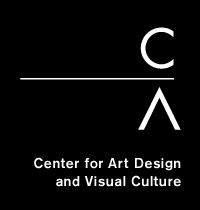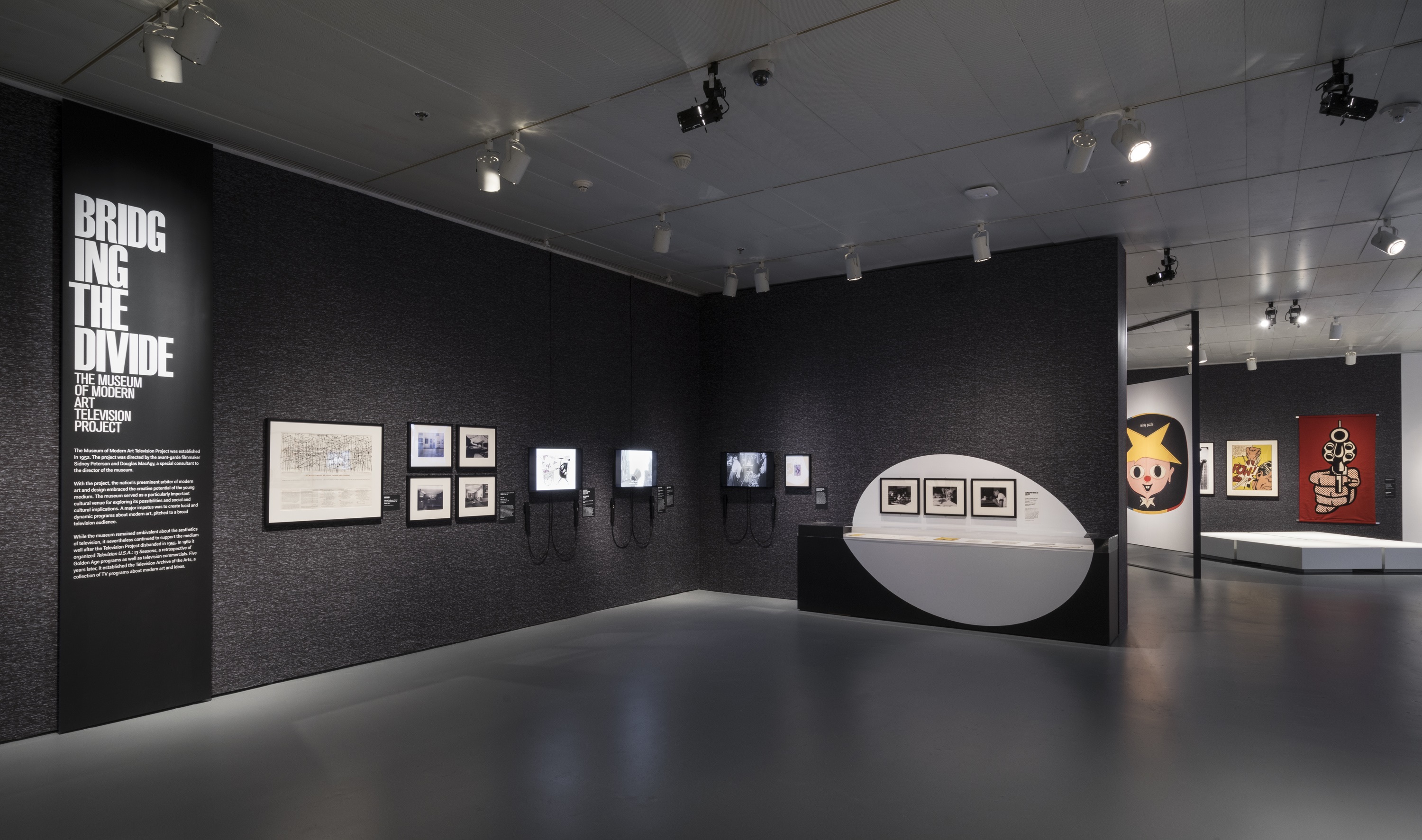Revolution of the Eye: Modern Art and the Birth of American Television is the first exhibition to explore how avant-garde art influenced and shaped the look and content of network television in its formative years, from the late 1940s to the mid-1970s. During this period, the pioneers of American television—many of them young and aesthetically adventurous—had adopted modernism as a source of inspiration. Revolution of the Eye looks at how the dynamic new medium, in its risk-taking and aesthetic experimentation, paralleled and embraced cutting-edge art and design.
Highlighting the visual revolution ushered in by American television and modernist art and design of the 1950s and 1960s, Revolution of the Eye features fine art, graphic design, and television memorabilia. Works by Saul Bass, Alexander Calder, Marcel Duchamp, Allan Kaprow, Roy Lichtenstein, Man Ray, Eero Saarinen, Ben Shahn, and Andy Warhol are presented, as well as clips from film and television.
Revolution of the Eye–and this companion website-–examine television’s promotion of avant-garde ideals and aesthetics; its facility as a promotional platform for modern artists, designers, and critics; and its role as a committed patron of the work of modern artists and designers. It also identifies television as a medium whose relevance in contemporary culture was validated by the Museum of Modern Art’s historic Television Project (1952-55).
The traveling exhibition Revolution of the Eye: Modern Art and the Birth of American Television was organized by The Jewish Museum, New York, and the Center for Art, Design, and Visual Culture, University of Maryland, Baltimore County and was curated by Dr. Maurice Berger, Research Professor and Chief Curator, Center for Art, Design and Visual Culture.
The online exhibition was organized by the Center for Art, Design, and Visual Culture, University of Maryland, Baltimore County and curated and designed by Dr. Maurice Berger.



